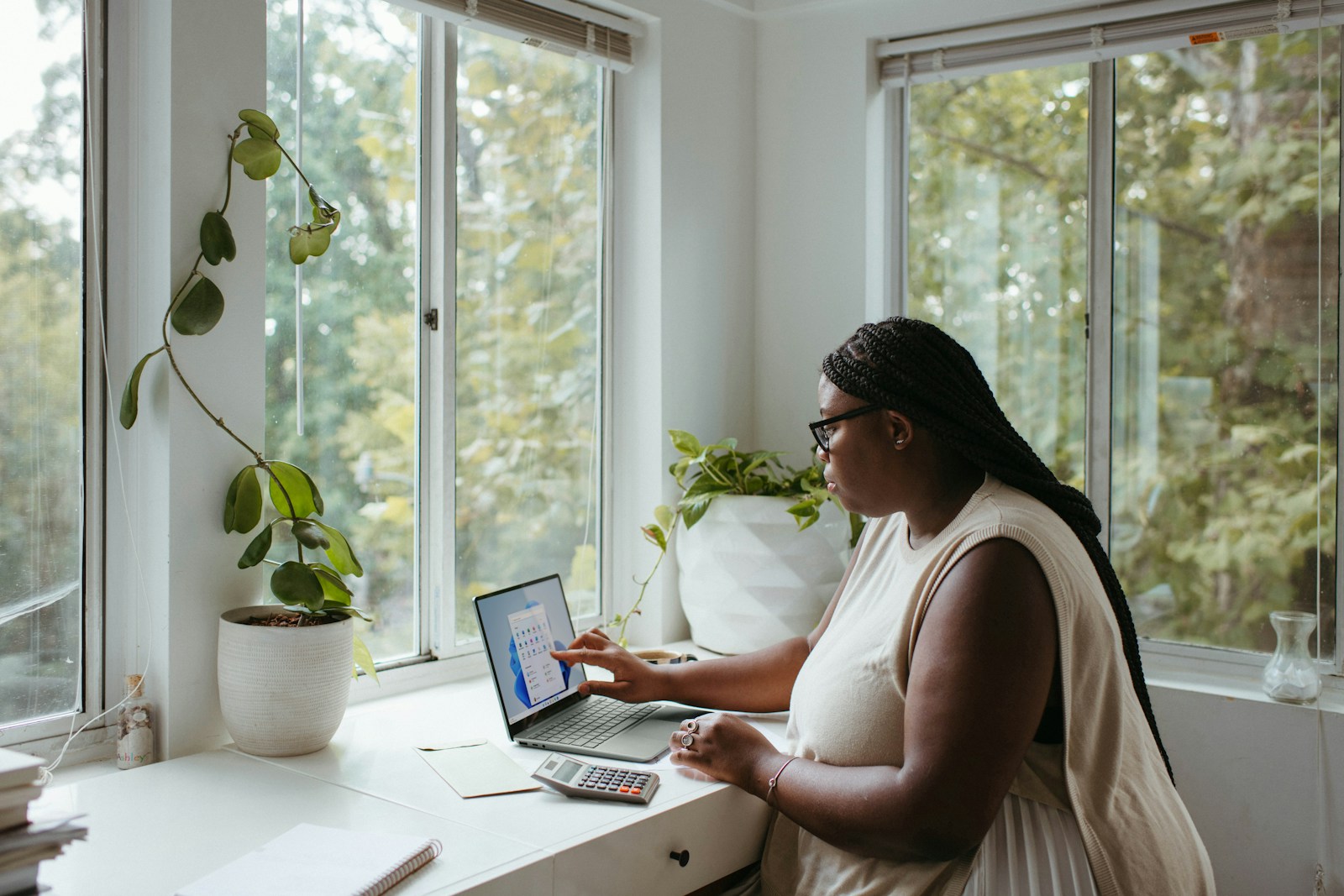The Covid-19 pandemic has left an indelible mark on the UK’s employment landscape, with a significant chunk of the workforce shifting to home offices or adopting hybrid routines that mix remote and office days.
Before the virus struck in 2019, a modest 4.9% worked from home, but that soared to nearly 50% at the height of the first lockdown.
Though the numbers have settled, the change lingers—last year, the Office for National Statistics reported 12-15% of workers permanently based at home, while almost a third now juggle a split-week schedule.
This upheaval sparked a flurry of property adaptations, as John Dawson, founder of Core Loft Conversions, told Who Design Today.
“At the peak of Covid, we were getting around 15-30 calls per day from regions around the UK that would normally have zero demand for a loft conversion,” he said, reflecting on the scramble to carve out home workspaces.
“But thankfully things have calmed down as we went through a period of tyre kickers and trying to hire extra staff to keep up with demand.” Meanwhile, 40-45% of workers still trek to the office daily, showing the traditional setup retains a strong foothold.
For many, remote working has been a game-changer, freeing up commute time for sleep or exercise and boosting work-life balance.
Yet, it’s not all rosy—grumbles about patchy communication, missed colleague banter, and home distractions persist.
London Mayor Sadiq Khan has flagged bigger worries, cautioning at a recent event about the “hollowing out” of urban centres and the risk to new workers who might struggle to build networks or learn on the job, a trend that could dent businesses relying on lively streets.
Firms with sunk costs in office spaces are fighting back, rolling out return-to-office policies to coax staff into hybrid or full-time attendance, keen to revive the buzz of in-person collaboration.
